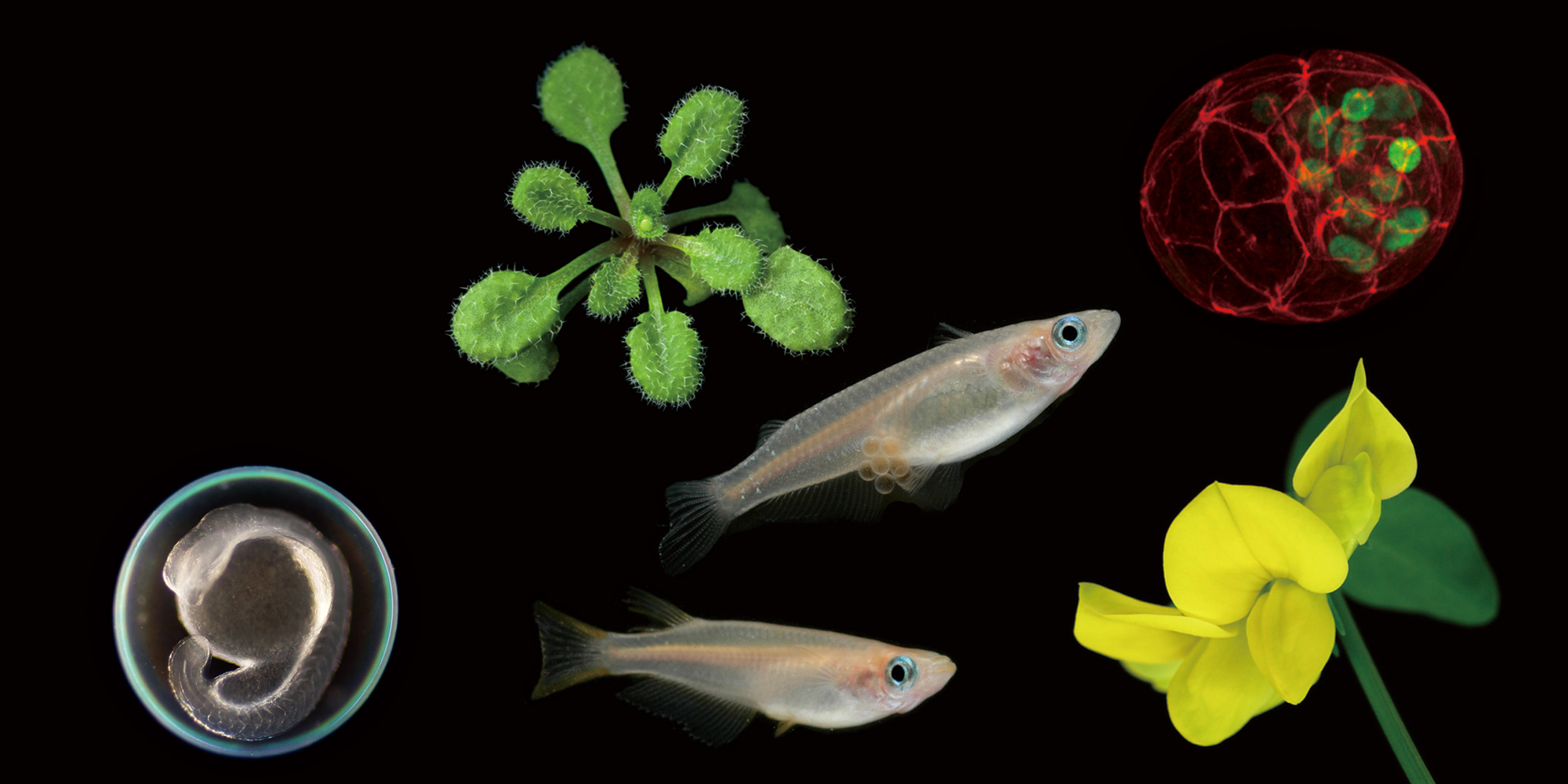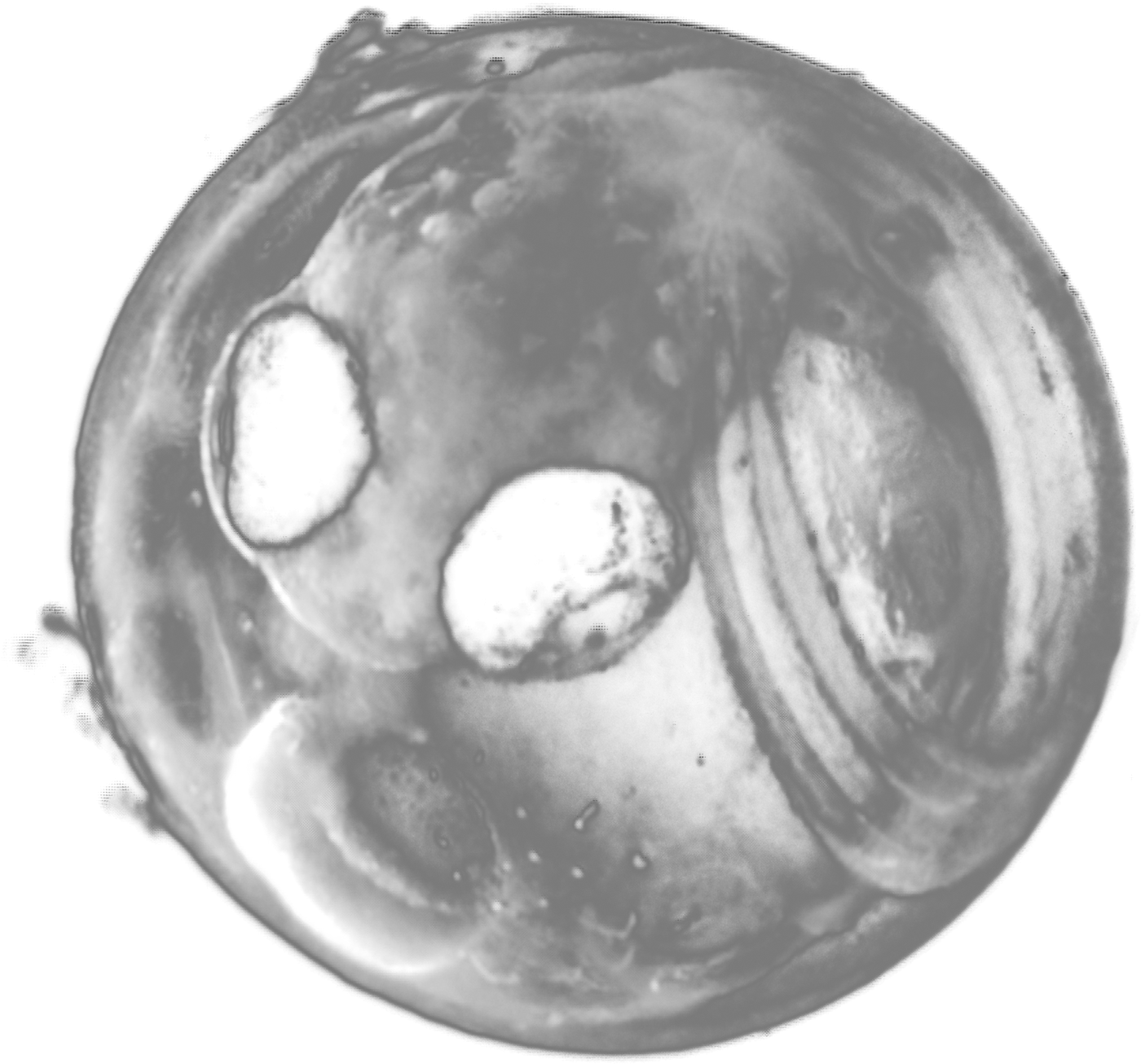2007.10.29 部門公開セミナー
Amphibians as model for the study of endocrine disruptors
Dr. Werner Kloas (Department of Endocrinology, Institute of Biology, Humboldt University, Berlin and Department of Inland Fisheries, Leibniz-Institute of Freshwater Ecology and Inland Fisheries)
2007年10月29日(月) 16:00 より 17:00 まで
山手地区3号館2階共通セミナー室
分子環境生物学研究部門 井口 泰泉 内線5235
Environmental compounds can interfere with the endocrine systems of wildlife and humans. The main sink of such substances, called endocrine disruptors (ED), which are mainly of anthropogenic origin are surface waters; and thus aquatic vertebrates such as fishes and amphibians are most endangered. Despite numerous reports on ED in fishes exist, information about ED in amphibians is scarce and this paucity of information is of particular concern in view of the worldwide decline of amphibians. ED could contribute to changes of amphibian populations via adverse effects on reproductive biology and development e.g. metamorphosis triggered by the thyroid system. In amphibians, ED can affect reproductive biology by (anti)estrogenic and (anti)androgenic modes of action resulting in severe endocrine effects including abnormal sexual differentiation. These effects are mainly driven by direct interferences of ED with sex steroid receptors or indirectly by impacting synthesis and bioavailability of androgens and estrogens. Recent development and evaluation of flow-through exposure systems indicate that larval exposure of amphibians results in a similar sensitivity concerning impacts on sexual differentiation compared to established fish models. ED actions on thyroid system cause acceleration or retardation of metamorphosis mainly via changes in bioavailability of thyroid hormones rather than by direct interferences with thyroid hormone receptors. Our broad knowledge of amphibian biology and endocrinology indicates that amphibians are very suitable models for the study of ED. In particular, the effects of ED on the thyroid system triggering metamorphosis can be determined easily and most sensitively in amphibians compared to other vertebrates. Methods and strategies are proposed for identification and risk assessment of ED affecting amphibians, whether as pure test substance or as mixtures from environmental samples. Recently, the emerging ecotoxicological issue of pharmaceuticals and pharmaceutically active compounds (PhACs) present in the environment suggests a high potential of further modes of action by ED belonging to PhACs such as the well-known contraceptive ethinylestradiol. Preliminary data of an ongoing research project (PAKT 2008) will be presented focussing on the ED potential of PhACs belonging to glucocorticoids (dexamethasone), gestagens (levonorgestrel), and ß-agonists(isoproterenol).







